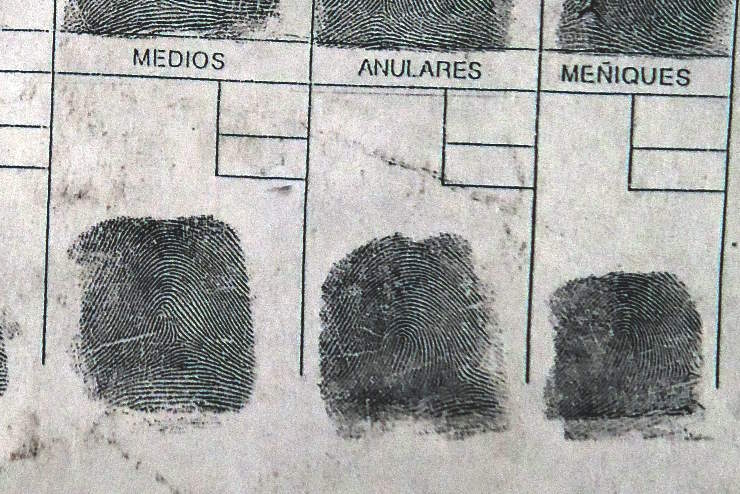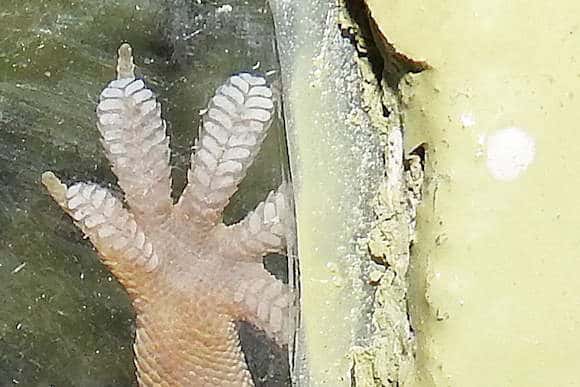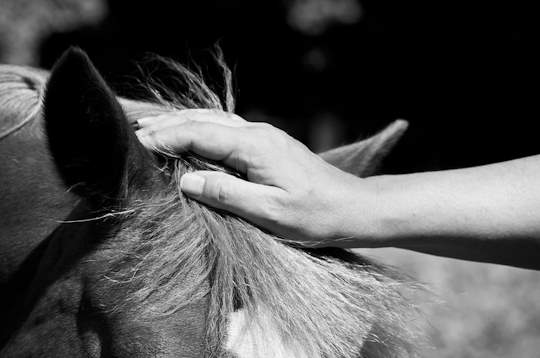Have you ever wondered why we have fingerprints? Surely, they’re a fundamental tool in forensics, but that can’t possibly be the reason why evolution endowed us with this trait, right?

Forensics started using fingerprints in person identification a mere 100 and some more years ago. Even if we consider Babylonians using fingerprints to sign clay tablets, it is still quite recent on an evolutionary timescale.
So, if not for investigators, why then do we have fingerprints? What is the evolutionary benefit of them? Let’s dive in.
Do other animals have fingerprints?
Firstly, we are not alone. Other animals, such as most primates, flying shrews, koalas, and even one bat species have fingerprints.
There is no surprise that other primates do, we are cousins, after all, and share many similar traits.
Koalas, though, are a bit more distant. Yes, they’re mammals, but they’re unusual Australian mammals. Bears and horses are much more closely related to us than koalas, which suggests that fingerprints must have evolved in koalas on a separate occasion.
Thus, they must be useful to us and these animals, right? Indeed.
Grooves on your fingers increase your grip
Part of the answer lies in what’s common among animals that have fingerprints. The most obvious commonality between primates, tree shrews, and koalas is that they climb trees.
A gecko instantly comes to mind. While not exactly like our fingerprints, geckos have grooves on their “palms”, which enable them to walk even on glass ceilings.

Indeed, fingerprints—or rather, the ridges and grooves on our fingers—help us hold onto things, such as tree branches, which is likely the reason these grooves evolved, as it gives a direct survival benefit. In addition, it also helps us to grip foods, like fruits in our arms, and, in a more modern sense, tools.
Fingerprints are not only on your fingers. Take a look at your palms. You’ll notice that there are ridges and grooves not only on your fingertips but also across most of your palm.
Try this experiment: We have these grooves only on the inside of our palm, so try sliding both sides of your palm on a surface. You’ll certainly notice that the grip is stronger on the inside.
But how do ridges enhance our grip? Firstly, quite mechanically. Much like the ridges on geckos help to increase the contact area and thus the amount of force between the atoms of their hands and the surface. But that’s not all.
Grooves for moisture regulation
Ridges also play a crucial role in regulating moisture. Try gripping something with wet hands. It’s not as easy compared to when hands are dry, is it? But turns out the friction is considerably reduced when it is completely dry.
Thus, there is a sweet spot. Ridges, on one hand, can help dry the moisture faster, but they’re also covered with sweat glands, to help moisturize the palms.
This is especially true when we are stressed, since in nature, if you are stressed, chances are, you will need a better grip. And for that, would you believe me if I told you that you have ones on the soles of your feet? A bit harder to check there, but sure sweaty feet are better for running. At least barefoot running.
Fingerprints enhance touch sensitivity
In addition to improving grip, fingerprints also enhance our touch sensitivity. We use our fingers to receive tactile information, such as the roughness of a surface or the softness of a fruit, and the grooves on our fingerprints help with that.
Just as the ridges on our lips increase sensitivity when we kiss, fingerprints provide us with a 3D representation of the surface as we rub our fingers across it. Quite useful indeed.

In summary, the evolutionary purpose of our fingerprints isn’t to aid in personal identification at crime scenes. Evolution has no hindsight to predict such use. However, fingerprints help us regulate the moisture on our palms, increase grip, and also heighten sensitivity to touch.
Moreover, we are not the only animals to have ridges on our palms and feet. This feature appears to have evolved separately on several occasions.
So, why are fingerprints unique, and what purpose do they serve? It’s for forensics or unlocking our phones, right? Well, not exactly.
Fingerprints form when we are still developing in our mother’s womb. The process that creates them involves a considerable degree of randomness. But we will delve into that topic in our next blog post.